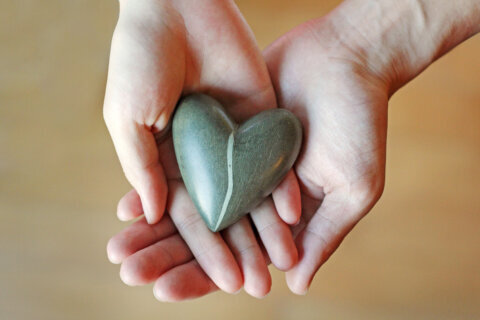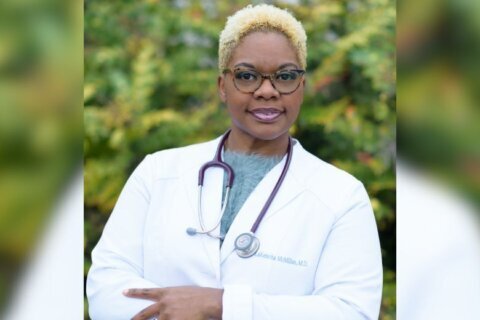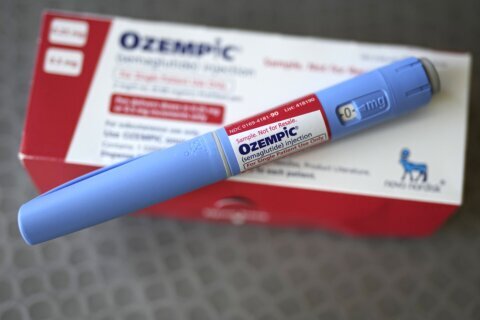WASHINGTON — They are some of the hardest-working organs in the human body, and this is the time of year to show your kidneys a little love.
March is National Kidney Month — a great time to get screened for a disease that currently affects roughly 26 million Americans. The scary part is, most of those walking around with damaged kidneys don’t even know it.
Here in the Washington area, it’s a big problem.
“In Washington, D.C., and environs, we have a very high incidence of kidney disease — from fairly mild levels to levels in which the kidneys need to be replaced,” says Dr. Steven Burka, a kidney specialist with Sibley Hospital.
It’s high largely because so many people in the region suffer from diabetes and hypertension — two big risk factors for kidney trouble.
Burka says the incidence of kidney disease is much higher than previously thought, and while it affects a cross-section of society, it strikes much more frequently among African-Americans.
The National Kidney Foundation predicts cases will continue to rise in number for decades to come, at a cost of billions of dollars each year to U.S. taxpayers.
During National Kidney Month, the foundation and its partner are urging everyone to become more aware of the signs of kidney disease and how to prevent it.
Burka says early symptoms can include “things like swelling in the ankles, blood in the urine, very foamy urine.”
But most often, there are few if any signs, and since, as with most serious diseases, early detection is key, it’s important to include kidney screening in the routine blood tests and urinalysis ordered up by primary-care physicians. It should be done annually for those with high blood pressure, diabetes, a family history of kidney failure and generally anyone over 60.
You can also help prevent kidney disease by exercising regularly, keeping up a good fluid intake, cutting back on processed foods and reducing the use of certain over-the-counter pain medications called NSAIDS.
For those whose kidney disease is discovered way too late — after those fist-sized organs in the lower back have become severely damaged — the best treatment is usually transplantation. But that doesn’t work for everyone, and there aren’t enough kidney donors to meet the demand.
That is a main reason why so much attention has been paid in recent years to improvements in dialysis, which filters waste from the blood — just like kidneys do 24/7.
Burka says studies have shown that “the more dialysis you do, the better the patients do.” He says that is why there is such a growing demand for home dialysis, which allows the procedure to be done on a regular basis without the inconvenience of traveling to a clinic.
Often an outside artificial kidney is used, but sometimes dialysis is done inside the patient’s abdomen, using a surgically inserted catheter and a special solution to filter the blood. And while some patients — usually those who are older and weaker — need assistance, many are able to it themselves.
Burka calls recent advances in home dialysis “a very exciting and promising way of replacing kidneys.”
It takes a certain kind of person, one willing to be an active participant in his or her care. But Burka says he has a number of patients doing it, and he is very excited about the results.







